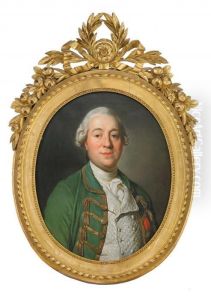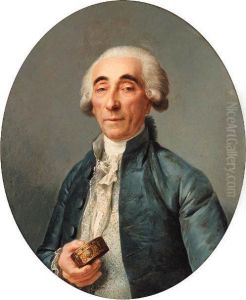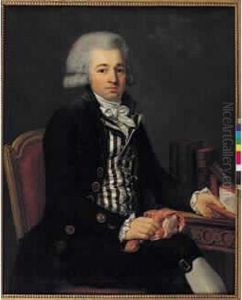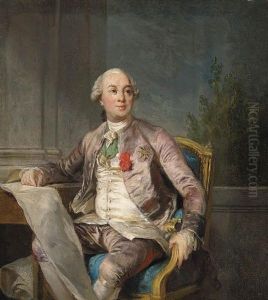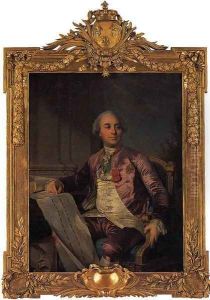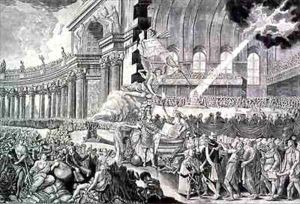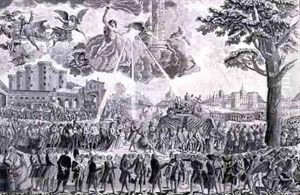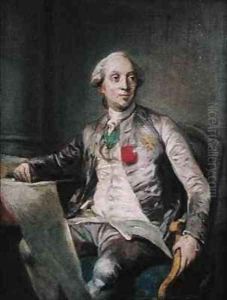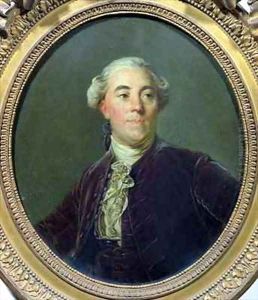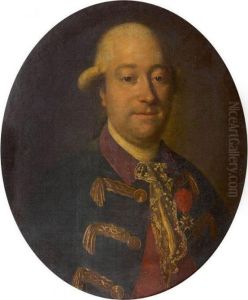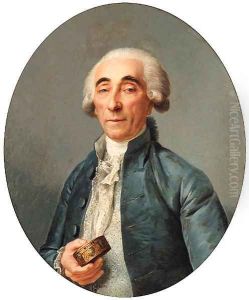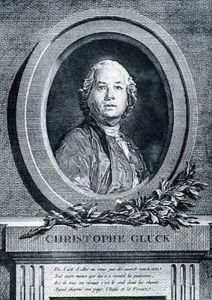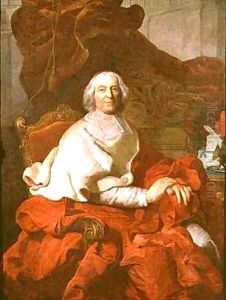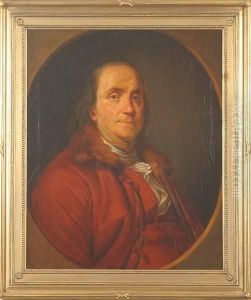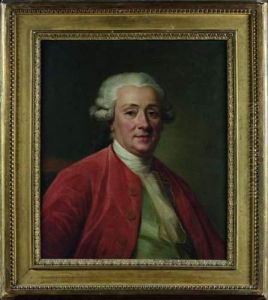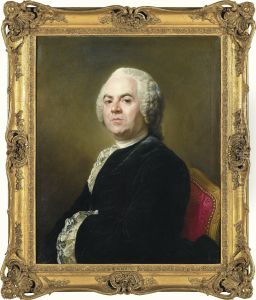Joseph Siffrein Duplessis Paintings
Joseph Siffrein Duplessis was a French painter, known for his portraits of notable figures during the Enlightenment period in France. Born on September 22, 1725, in Carpentras, Provence, Duplessis demonstrated an early talent for painting. He initially studied under his father, a painter and a member of the local painters' guild, before moving to Rome at the age of 20 to further his education in the arts.
In Rome, Duplessis studied the works of the great Italian masters and was particularly influenced by the style of Raphael and the naturalism of Caravaggio. After spending several years in Italy, Duplessis returned to France where he worked in the Provence region for some time, building his reputation as a skilled portraitist.
Duplessis moved to Paris in the 1750s, where he became acquainted with the intellectual elite of the time. His ability to capture the likeness and character of his sitters quickly gained him recognition. In 1774, he was admitted to the French Royal Academy of Painting and Sculpture, solidifying his status as one of the leading portrait painters in France.
One of Duplessis' most famous works is the portrait of the philosopher Voltaire, which was created in 1778. This portrait is celebrated for its lifelike depiction and is considered one of the best likenesses of Voltaire. Duplessis' other notable sitters included Louis XVI, Benjamin Franklin, and Jean-Jacques Rousseau, among others.
Throughout his career, Duplessis exhibited his work at the prestigious Salon de Paris and received numerous commissions from the French aristocracy and later the revolutionary government. Despite the political upheavals of the time, Duplessis maintained a successful career until his death in Versailles on April 1, 1802.
Joseph Siffrein Duplessis left an indelible mark on the art of portraiture with his ability to capture the intellectual spirit of the Enlightenment. His portraits are characterized by their refined elegance, nuanced depiction of character, and the skilled rendering of textures and fabrics. Today, his paintings can be found in major museums around the world, including the Louvre in Paris and the Metropolitan Museum of Art in New York.



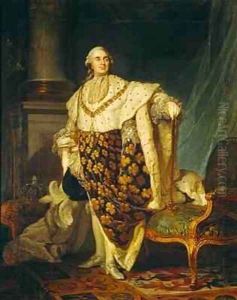




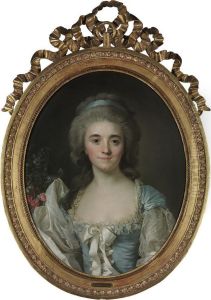

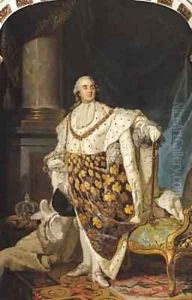
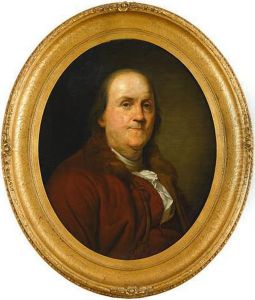
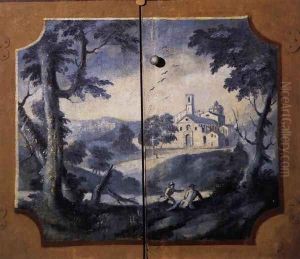


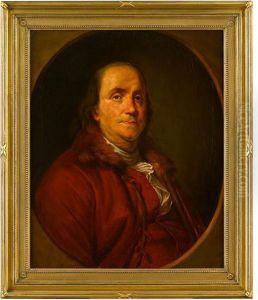

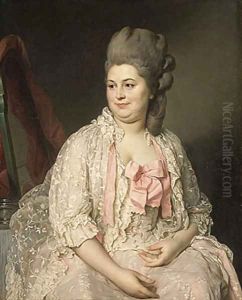


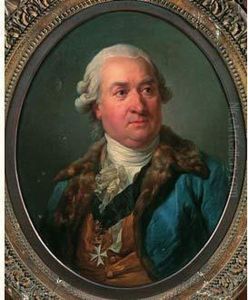
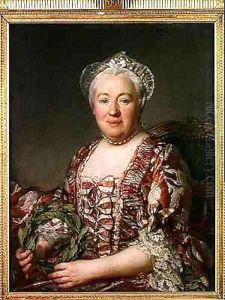




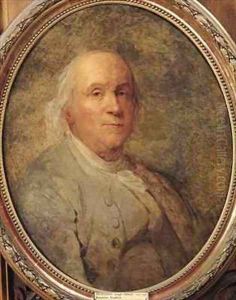


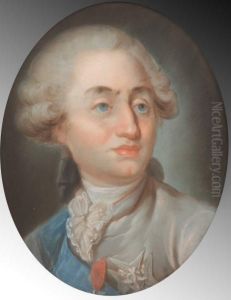


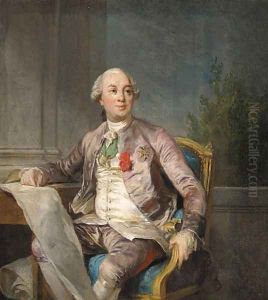
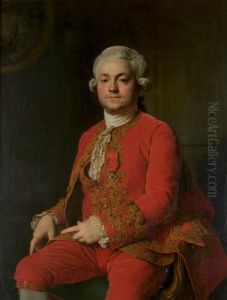
![[enfant Jouant Dans Le Parc De Versailles]](https://www.niceartgallery.com/imgs/3088484/s/joseph-siffrein-duplessis-enfant-jouant-dans-le-parc-de-versailles-f0ef4ec4.jpg)

